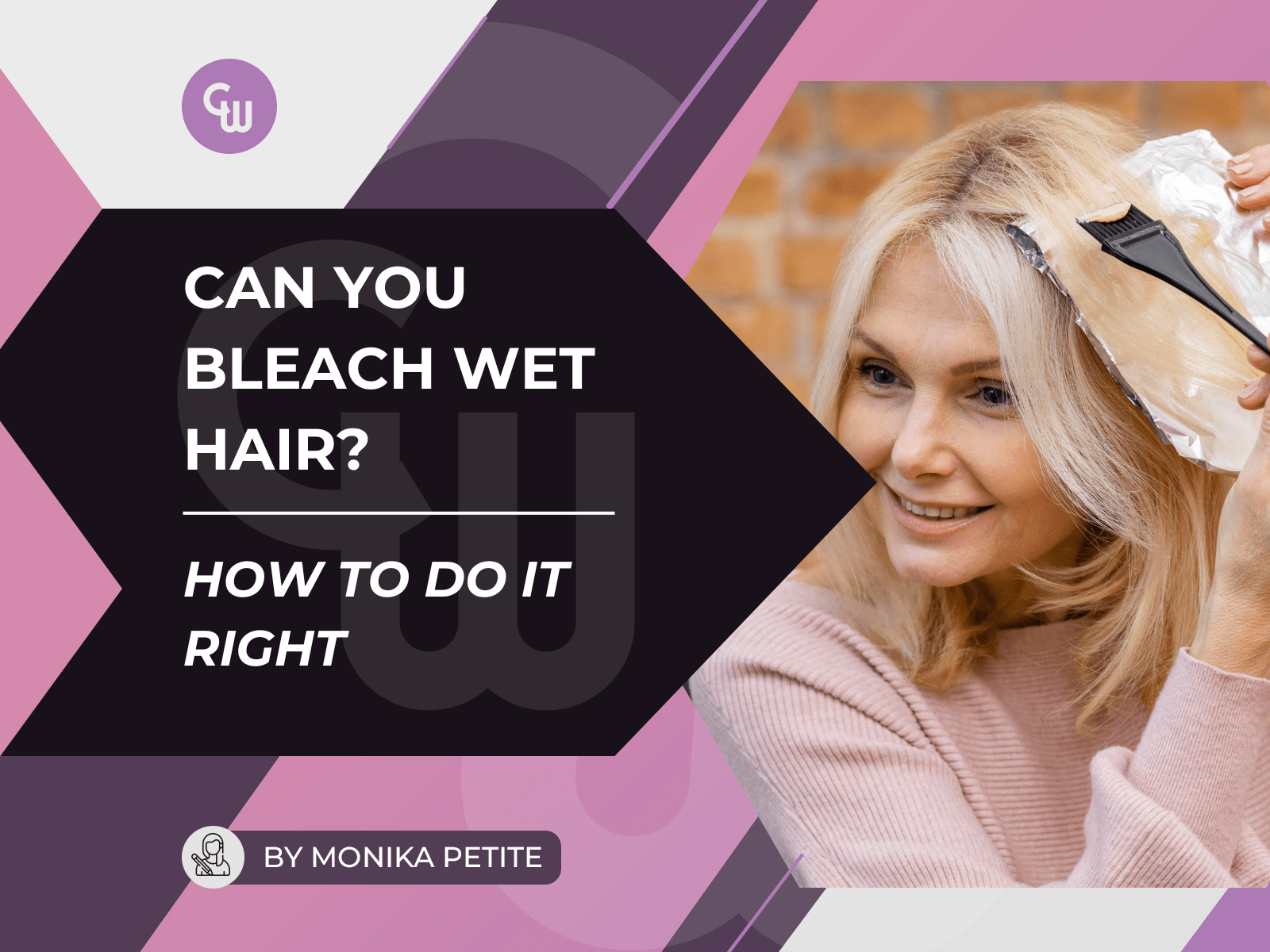Table of Contents
- Exploring the Science of Bleaching Wet Hair 🧪💦
- Exploring the Pros and Cons of Bleaching Wet Hair 🌟💧
- Preparing Your Hair for Wet Bleaching ✨💦
- Wet Hair Bleaching Techniques ✨💧
- What To Do and Don't When You Bleach Wet Hair 🚫
- Tips For Bleached Hair: Preserving Vibrancy and Health 💆♀️✨
- Final Thoughts ✨
- Frequently Asked Questions
Exploring the Science of Bleaching Wet Hair 🧪💦
When diving into the world of bleaching damp hair, understanding the impact of water and bleaching products is key. These factors play a vital role in achieving your desired look while safeguarding your natural hair and its health during this intricate hair coloring technique and process.
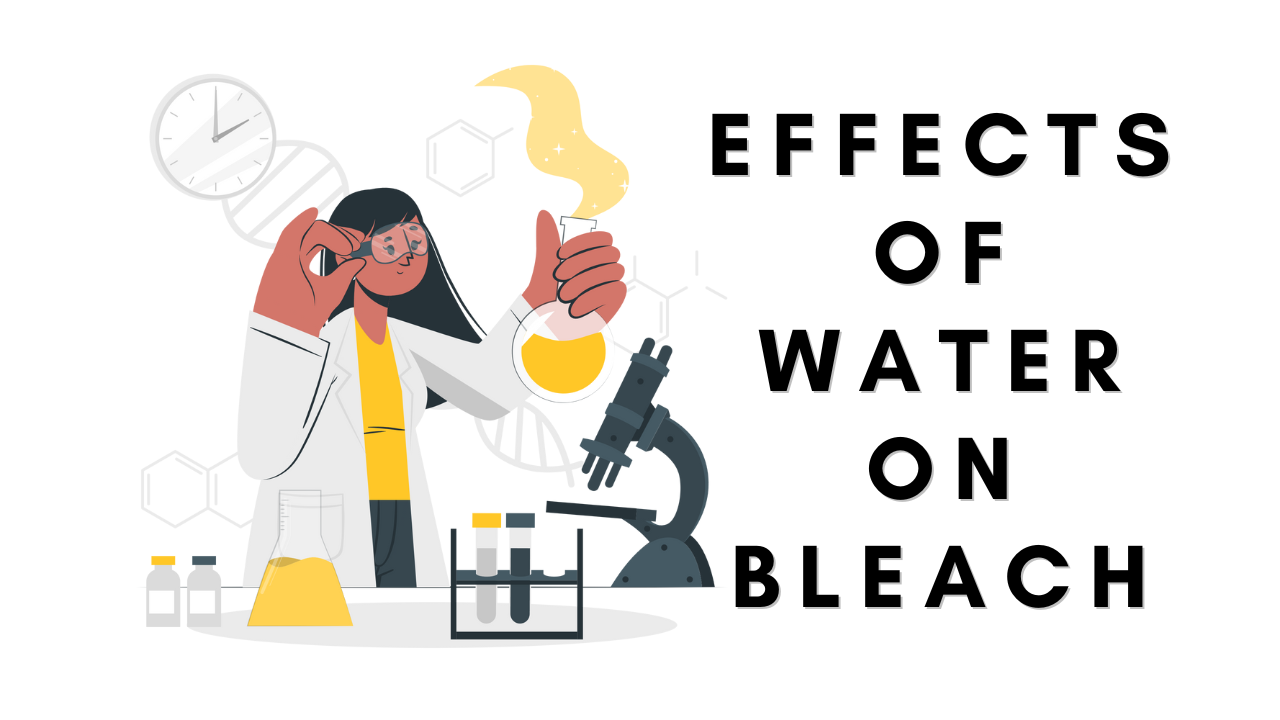
Effects of Water on Bleach
Bleaching wet hair alters the potency of the chemical, reducing potential damage to individual strands but potentially affecting the desired lightness. It's crucial to manage your bleach hair processing time meticulously to reach your ideal results. Diluted bleach might take longer to achieve the desired level of lightness.
Significance of Natural Oils
Your hair's protective oils act as a natural barrier during bleaching, preserving moisture and shielding against damage. Try not to bleach freshly washed hair as it can strip away these natural oils, leaving your hair strands even more vulnerable.

Understanding these dynamics is key to successful bleaching sessions while keeping your hair healthy and vibrant! 💁♂️✨
Exploring the Pros and Cons of Bleaching Wet Hair 🌟💧
Before diving into a lightening session, it's crucial to weigh the benefits and potential risks of bleaching wet hair. This technique offers speed, even-toned results, and a gentler approach to strands, yet it's not without its considerations.
 Advantages:
Advantages:
Quicker processing speed - Bleaching wet hair boasts faster processing, thanks to the hair's moisture aiding swift bleach penetration. For those seeking speedy sessions, this could be a big plus. 🚀
Even bleach distribution - Moisture assists in evenly spreading bleach across hair strands, ensuring each part receives an equal amount. This promotes a more consistent lightening effect. 🔄
Potential for reduced damage - Surprisingly, wet hair might experience less damage due to the moisture acting as a buffer against bleach aggression. 🛡️
Disadvantages:
Higher damage risk - Despite its benefits, bleaching wet hair elevates the risk of further damage. Bleach penetrates deeper due to increased porosity which may lead to dryness, breakage, and weakened hair. ☠️
Possibility of uneven results - Despite efforts for uniformity, differences in porosity across wet hair sections may cause inconsistent processing, resulting in patchy lightening. 🚨
Risk of over-processing - The accelerated process might overshoot the desired lightness, causing excessive damage and breakage due to over-processed hair. 🚫

Minimizing Risks:
Awareness is key to minimizing risks associated with bleaching damp hair. Understanding the potential implications for your locks and applying the solution safely can help ensure a smoother, safer lightening experience! 💁♀️✨"
Preparing Your Hair for Wet Bleaching ✨💦
Before trying to bleach wet hair, a few essential steps can make a world of difference in safeguarding your hair and ensuring top-notch results. Let's explore some pre-treatment and conditioning tips for a successful bleaching journey!
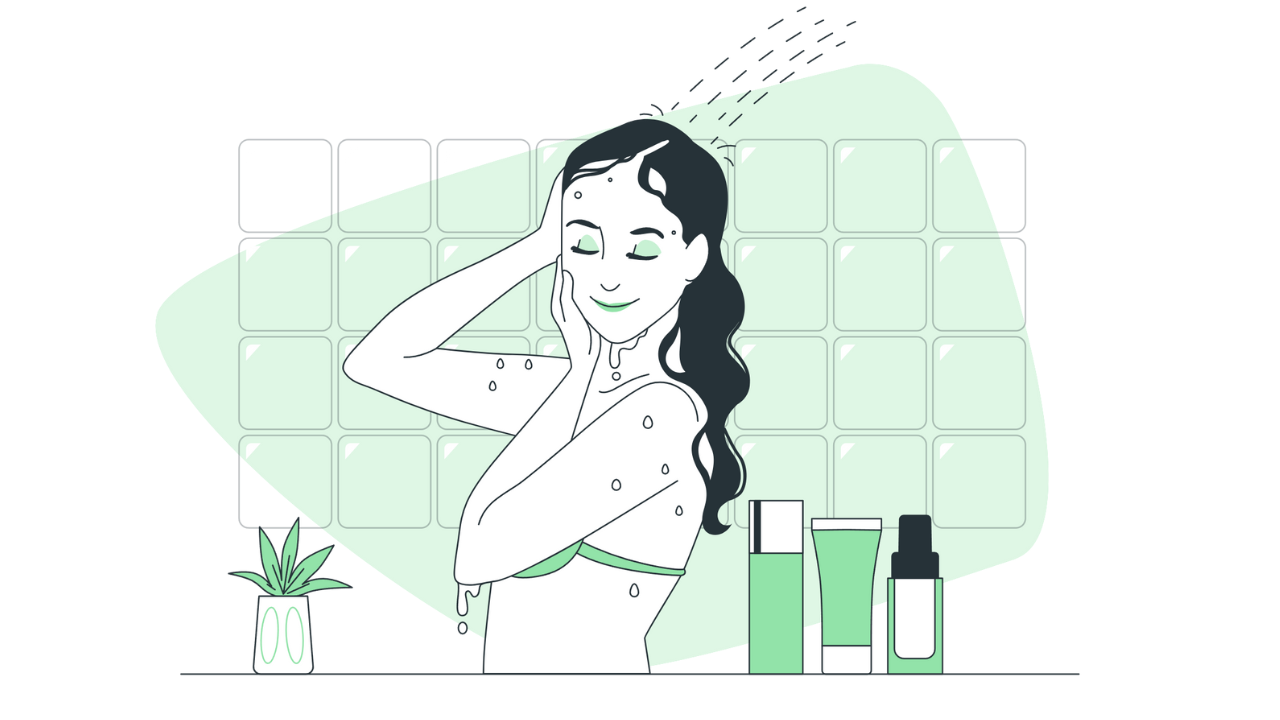
Pre-Treatment Guidance:
Prior to lightening, skip washing your hair to preserve those natural oils that act as a protective shield. Prep your hair by indulging in deep conditioning and try to avoid heat treatments. If you do use heat tools such as curling irons, or hair straighteners, apply a protective spray beforehand to minimize potential hair damage.
Conditioning for Bleaching:
Conditioning your hair before bleaching is a smart move for minimizing damage and maintaining hair health. You can deep condition your hair with masks or leave-in treatments to nourish and restore. Remember, thorough rinsing is essential to prepare your hair perfectly for the bleaching process ahead!
These simple yet crucial steps pave the way for a successful and healthy bleaching experience! 💁♂️✨
Wet Hair Bleaching Techniques ✨💧
When it comes to transforming your hair, wet hair bleaching techniques offer an array of stunning possibilities. Among the crowd favorites are the wet Balayage and Ombre methods, both promising beautiful results that can totally revamp your style. Let’s dive into each method to see which one might suit your vibe and hair type best!
Balayage: Painting the Perfect Highlights
Think of wet balayage as the artist’s brush strokes on a canvas. This technique uses a gentle touch, applying bleach to wet hair without touching the scalp. It’s like magic – creating natural-looking highlights that seamlessly blend from root to tip. Plus, when done right, it gives those blonde or light brown locks a sun-kissed glow that’s hard to resist!
The secret? It’s all about being meticulous during the process, ensuring that every strand gets its fair share of love from the bleach. Keep an eye on the clock too – timing matters to get that dreamy balayage look you’re aiming for.
Ombre: Embracing Beautiful Blends
Now, ombre is all about subtlety meeting sophistication. With this method, wet hair becomes the canvas for a smooth transition from darker roots to brighter hair ends. It’s like creating your own unique gradient effect that adds depth and dimension to your look.
The best part? You’ve got plenty of room to play around and customize your style while keeping the upkeep hassle-free. Just remember, using a lower developer volume and being watchful of processing time are the keys to nailing this futuristic look.
Expert Tips for Success
For both balayage and ombre, stick to a lower developer volume to steer clear of any scalp irritation and keep your hair in top shape. Don’t forget to keep a close watch on the clock – timing can make or break your desired outcome.
Beyond technique, pampering your hair with regular treatments and a personalized care routine tailored to your hair type is essential. It’s the secret sauce that keeps your new look vibrant and stunning for longer!
What To Do and Don't When You Bleach Wet Hair 🚫
It is essential to adhere to the right guidelines when you bleach wet hair if you wish for optimal outcomes and to minimize damaged hair. By understanding proper techniques and avoiding common mistakes, you can safely attain your intended lighter color as well as retain the good health of your locks.
Do's:
Opt for a lower-strength developer specifically designed for wet hair bleaching. 🌟 Apply bleach meticulously to damp hair, ensuring even coverage.
Keep a close eye on processing time, checking progress every 5-10 minutes to gauge the lightening effect. ⏱️ This allows you to wash off the product at the ideal moment for your desired results.
Consider consulting a professional colorist for guidance, especially if you're new to hair bleaching or seeking optimal outcomes for a specific look. 👩🎨
Don'ts:
Never disregard the instructions provided with your bleaching product. Ignoring guidelines or applying bleach without prior experience may result in uneven color, scalp irritation, scalp burns, or hair damage. ❌
Avoid actions that might compromise the health of your hair follicles or scalp during the bleaching process. Seek professional help or strictly adhere to product guidelines for your hair type. 🙅♂️
Refrain from experimenting with bleaching techniques without adequate knowledge. 🧪
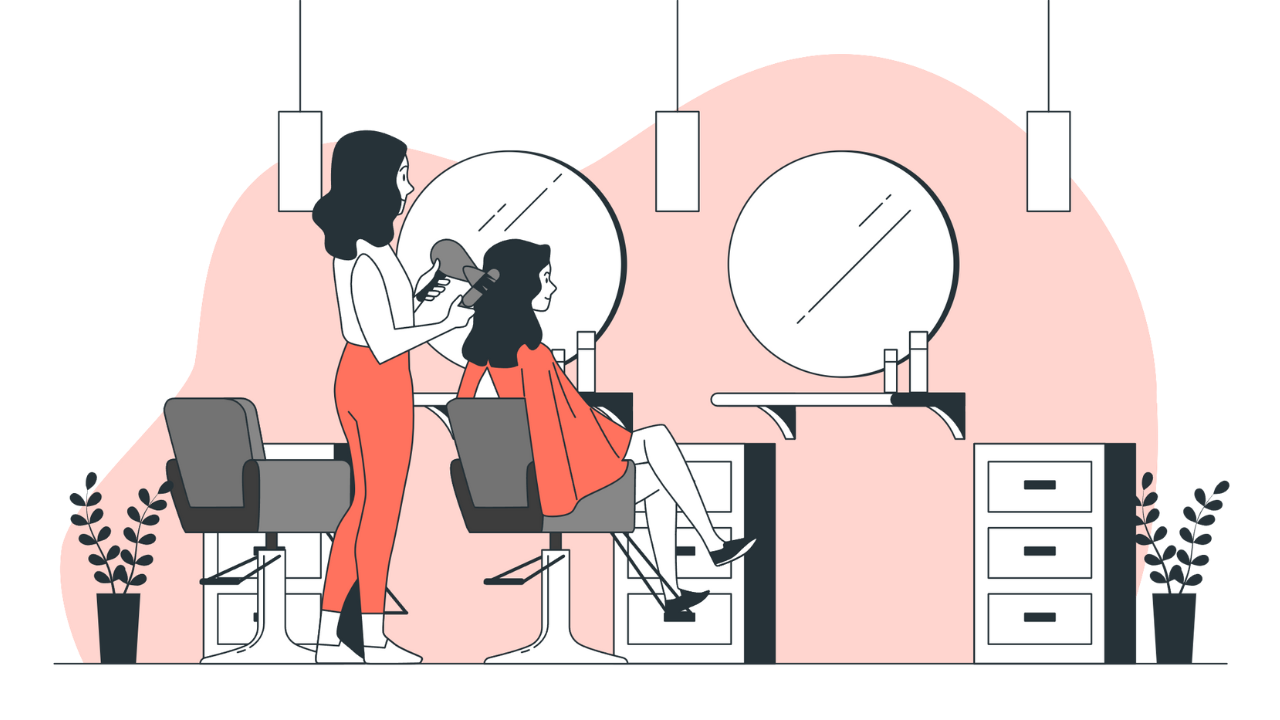
Following these dos and don'ts not only ensures successfully bleached hair but also safeguards the health and integrity of your precious locks! 💁♀️✨"
Tips For Bleached Hair: Preserving Vibrancy and Health 💆♀️✨
Deep Conditioning Treatments:
After bleaching your hair, prioritize regular deep conditioning treatments to bolster hydration and repair any damage caused. These sessions provide essential nourishment, fortifying your hair against breakage and ensuring its resilience. 🌟💦
Limiting Heat Styling:
Protect your bleached hair by exercising caution with heat-styling tools. High temperatures can damage bleached hair by increasing dryness, leading to breakage and split ends. Adjust your styling tool to a lower temperature setting and always apply a thermal protection spray before heat application. You can also try to avoid sun exposure to protect your hair from excessive heat.🔥🚫
Use Color-Safe Products:
Safeguard your newly bleached hair by opting for color-safe hair care products. These specially formulated items not only preserve the hair color but also nurture and strengthen your strands with each wash. When selecting shampoos, conditioners, or styling products, ensure they are designed explicitly for color-treated hair. By consistently using color-safe hair products, you can sustain the health of your freshly washed hair and retain its beautiful hue over time. 🌈💪
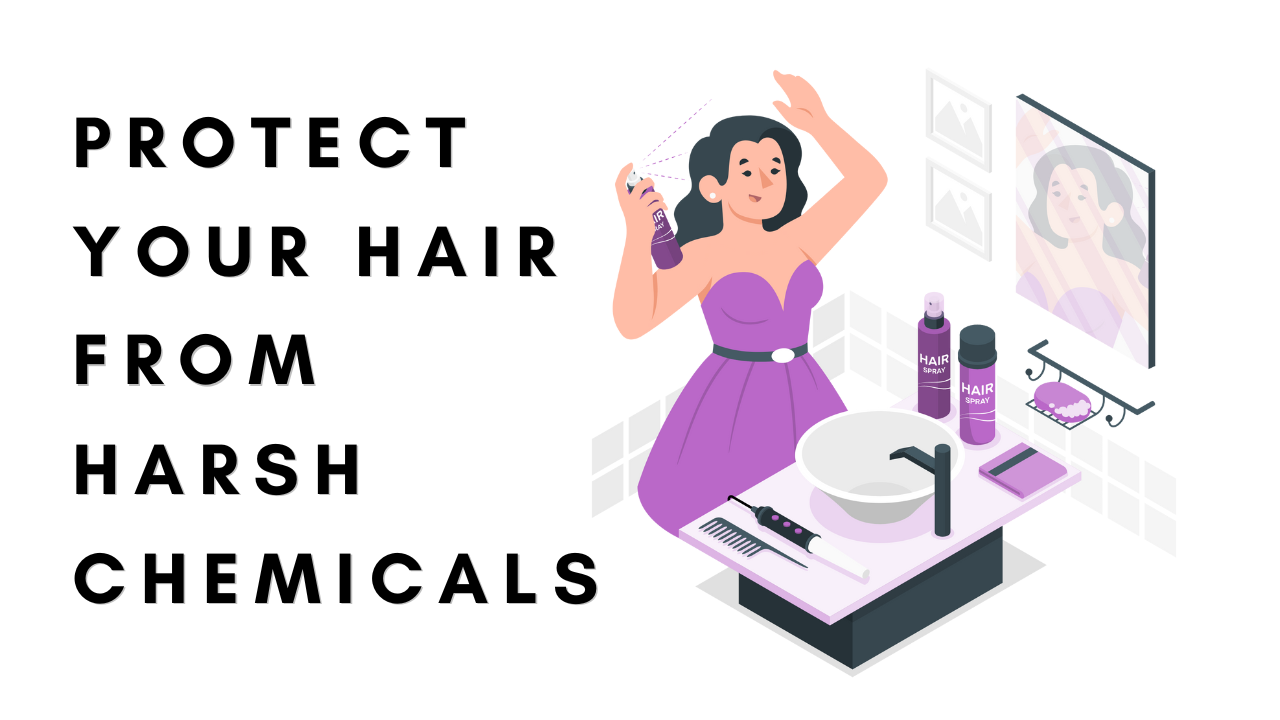
Following these post-bleaching hair care guidelines ensures your hair remains strong, vibrant, and stunning after every bleaching session! 💁♂️
Final Thoughts ✨
Changing up your look with bleaching dry hair or wet hair can be a total game-changer when done right! 🌟 But before you dive in, understanding how it works and considering the pros and cons is key – like picking the perfect outfit!
Once you're all set, nailing those techniques is crucial. It's an art, not just a process! Follow those guidelines, be precise, and watch the magic unfold. ✨
And hey, after the bleach, it's all about the TLC! Treat your freshly bleached hair like royalty with deep conditioning and gentle care. Keep those locks healthy while you rock your new look! 💁♀️👑
With the right techniques and care, you can totally own that transformation without compromising your natural hair's health. It's about making that change while keeping things fab and healthy! 💫🌈
Frequently Asked Questions
How to bleach bath hair?
For a gentler lightening result, blend an even amount of bleach and low-volume developer with twice the shampoo. Begin by using this mix on your hair from its ends. Then cover up with either cling wrap or a shower cap for 10-20 minutes before washing. 👩🦱
Read more about Bleach Bath Hair Treatment on our blog.
How to do a bleach wash at home?
For optimal outcomes, do not exceed twice-weekly diluted bleach baths. To accomplish this at home, combine an equal amount of developer and chlorine bleach together with a clarifying shampoo to create the mixture. Make sure it is consistent by diluting it until it reaches the desired consistency prior to using the concoction as part of your regular hair care regimen. ✂️
How to make bleach for hair?
For naturally bleaching hair, a mix of lemon juice and heat or baking soda with hydrogen peroxide can be used. To achieve the desired result, simply apply this to your hair before covering it up in a shower cap for either 5-10 minutes under heat or leave it on for 30-45 minutes without extra heat. 💦
How does bleaching wet hair differ from dry hair bleaching?
Bleaching your hair when it's wet might be less harsh since wet hair tends to soak up bleach differently. But remember, bleaching itself can still cause damage whether you do it on dry hair or wet. 🌟💧
Can different hair types be bleached when wet?
Different hair types can handle bleaching when using bleach on wet hair, but the results and damage risks differ. Think about your hair's texture, past heat treatments used, and condition before taking the plunge. 💭💦
What are the potential risks of improper bleaching of wet hair?
Doing it wrong can cause serious damage like hair breakage, dryness, or even hair loss. Plus, your scalp might get irritated or burnt if the bleach touches the skin. 🚫🔥


